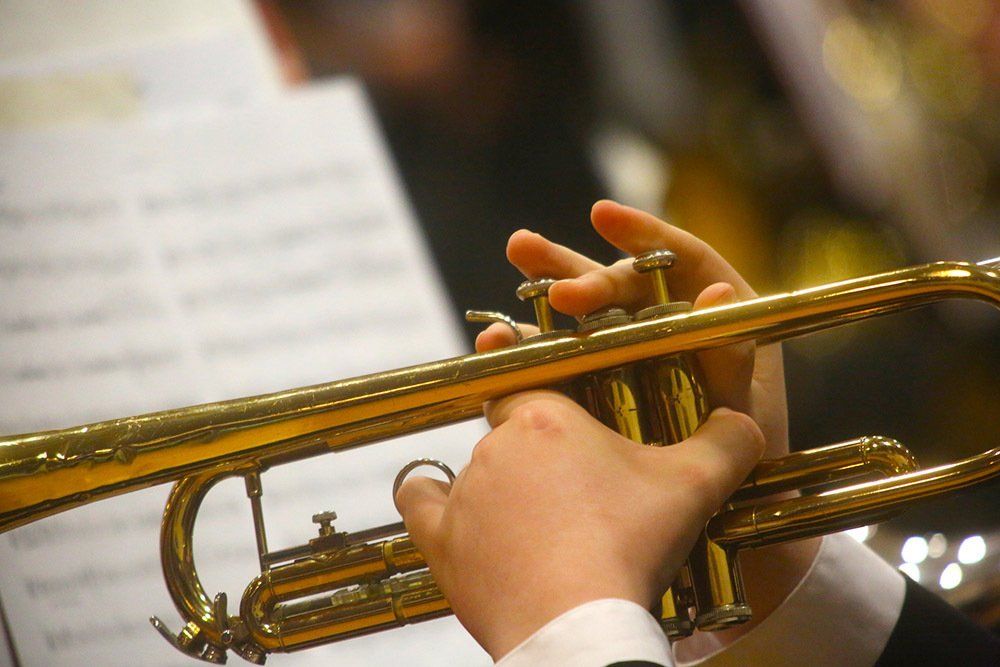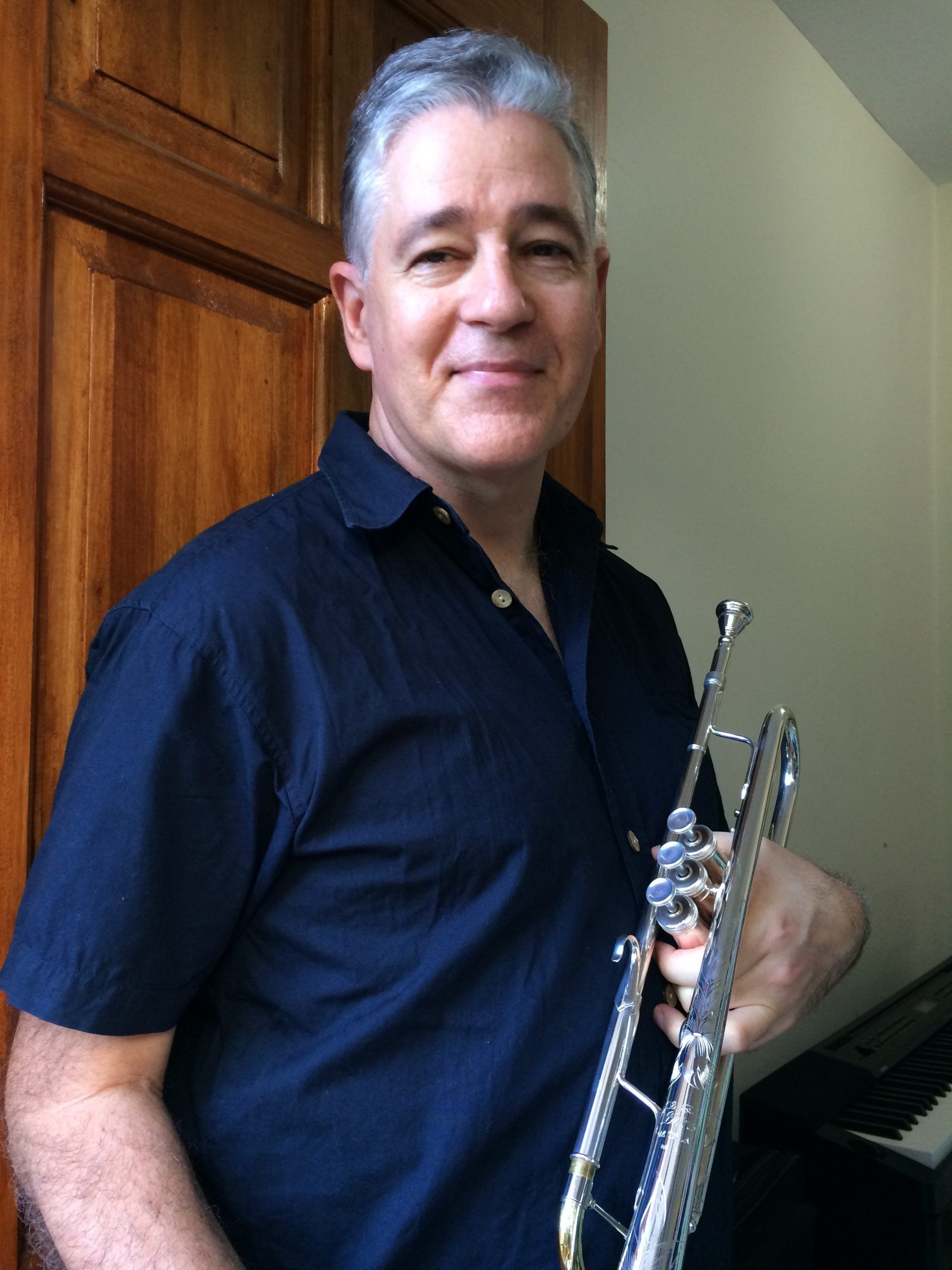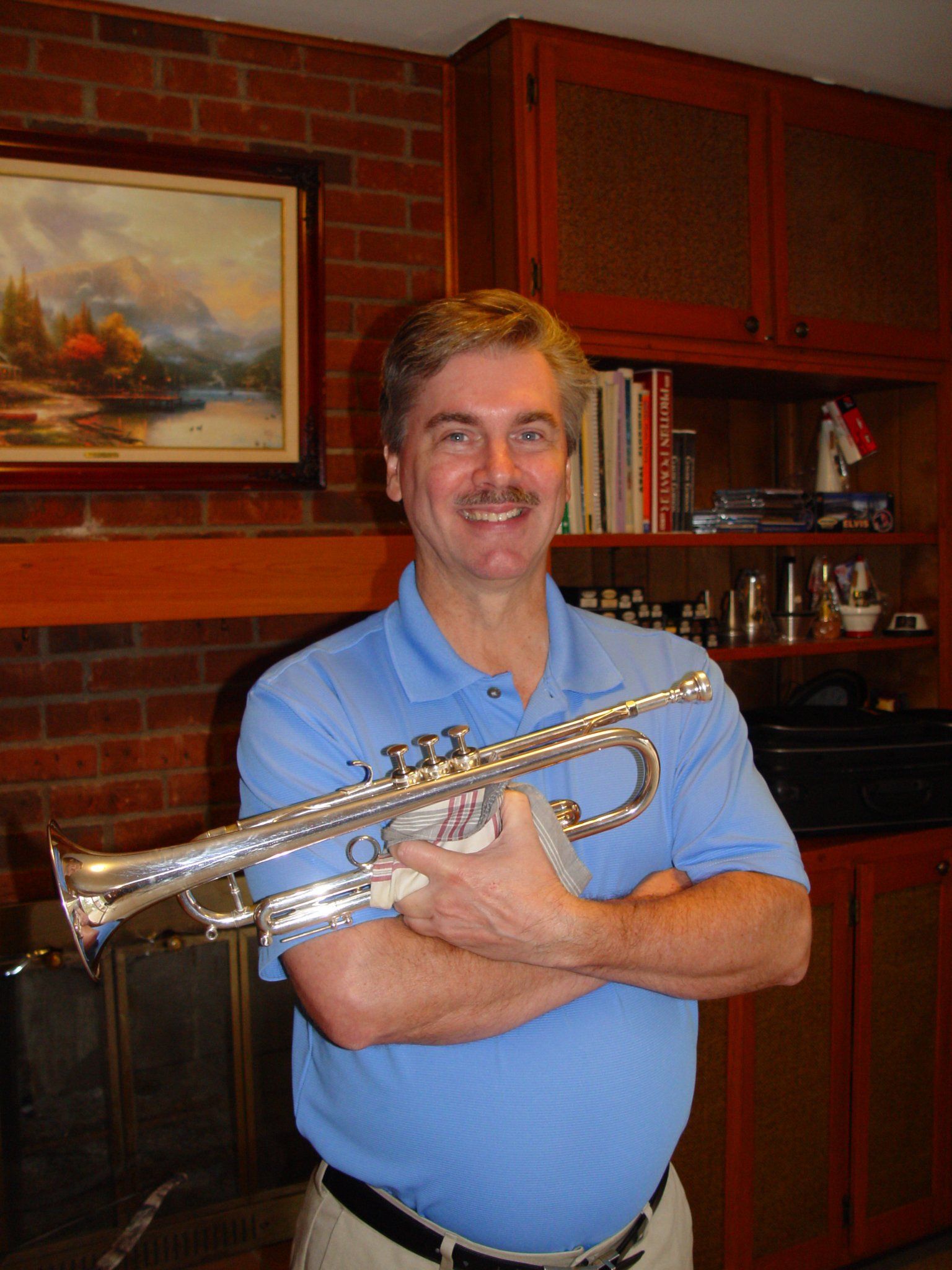MOUTHPIECES!
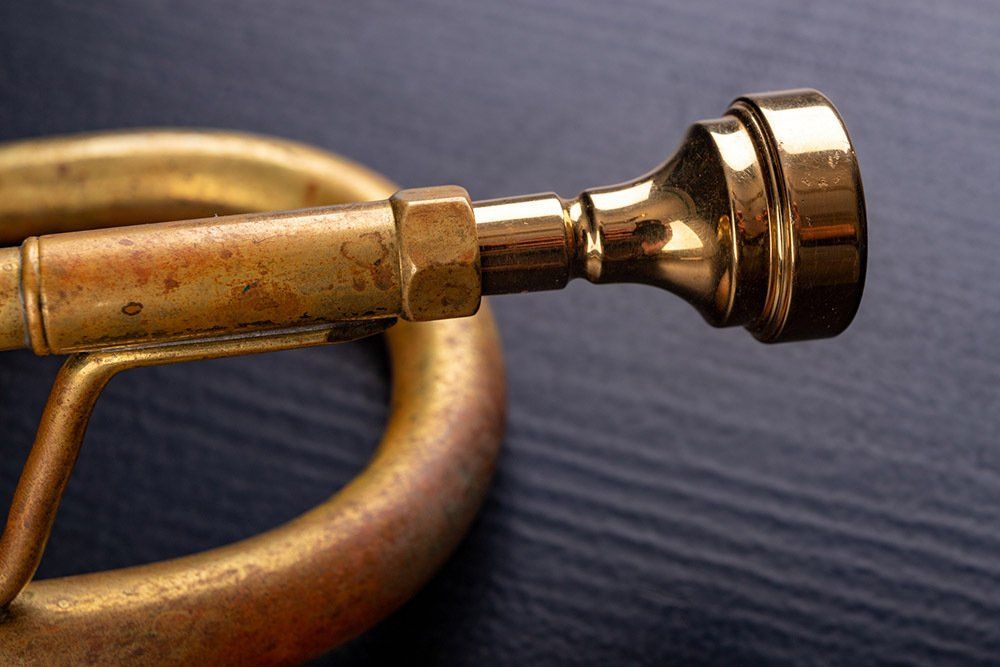
It would best if we played on one good mouthpiece for our entire career and never changed it! That way our progress would be steady and upward. Changing mouthpieces is serious business and should not be undertaken lightly. We are upsetting the delicate, natural balance between our lips, the tongue, the airflow, everything! It takes months to really adjust to a new mouthpiece. This is time lost forever. It is a set-back every time we change, but if you are playing on a bad mouthpiece design you should change it.
The first few minutes of playing on a new mouthpiece may feel wonderful. Everything seems to work. The sun shines brighter, the world is a better place. Then, after playing on it for a little while, muscle trauma sets in and everything starts feeling wrong, even if you are on a good, acoustically correct mouthpiece. So the player looks for another mouthpiece but then the same thing happens again. Eventually he may go back to his original mouthpiece but now even it feels wrong because he has lost his feel for it.
The only winners in this game are the mouthpiece makers! They make millions off of gullible brass players!
The right thing to do is pick a proven design that has a great sound and stay with it! Not a big mouthpiece with a tubby sound, nor should you choose a shallow, tight mouthpiece, just because you can squeak a few half steps higher! A tight, shallow mouthpiece hinders a free vibration and causes problems with intonation and centering. That resistance will fight you more and more as you seek to develop. Too much mouthpiece resistance will hinder the natural movements of the tongue. The tongue is a variable resistance point and if developed correctly will allow you to play with ease in all registers.
The following trumpet mouthpieces have proven to work well in my experience for myself and my students. They have a good full sound, blend well, allow for accurate intonation and freedom of air flow: the CG Personal, the CG3, Schilke Models 12, 14, 14B , 15, 15B, (the Schilkes all modified with a #22 throat. A free mod if you buy from my store) There are certainly many other good mouthpieces available that fall within these parameters, but these are primarily the models that either I or my students have had good success with.
For the French horn I recommend the Schilke 31.
For the tenor trombone I have had very good success with the Schilke 50, 51, 52. For bass trombone, the Schilke 59 is excellent.
For the euphonium I recommend the Schilke 51D.
For the tuba I recommend the Conn or Schilke Helleberg models.
Do purchase your mouthpiece with the gold plate option or get your current mouthpiece gold plated. The gold plating allows the lips to move more freely under the rim as you ascend and descend. It makes a big difference! Every player that I have sold a gold plated mouthpiece to in the last 35 years has agreed! My teacher, Claude Gordon, told me that back in his recording studio days he always had his rims gold plated.
You may initially feel uncomfortable on a good mouthpiece because of the change of mouthpiece feel from the one you are coming off of. You may have to practice on it for several weeks or months until your tongue level, lips, and air have all grown used to the new feel. This cannot be rushed. In fact, you have to ease into it. Do not play your usual amount on a new mouthpiece. Initially, you should practice about half your normal amount or even less if your lips are reacting. This is to be expected. Then, very gradually you increase your practice time until you are back to your normal amount of practice. Range and endurance will then start coming along just fine. You have to be patient. The end result is well worth the time and effort. After this change, do not be tempted to look around at other mouthpieces. You’ll get into trouble and waste time and money. The real answer is to practice correctly and to practice a lot! I can show you how to do that.
There are no short-cuts to becoming a great player. Ask any of the greats. They will tell you of their many years of practice and perseverance. But if you are practicing incorrectly or playing on bad equipment you will probably never get there.
If you can commit to the course of action outlined above in regards to changing mouthpieces, then you will be successful. Simply walking into a music store, trying out a dozen mouthpieces, and buying the one that seems best at that moment will not work. You will be wasting your time and money.
If you are not sure about which mouthpiece would be best for you, I am available for free consultation. Phone:
513-300-8093, Skype: brucehaag, or email:
b.haag@cinci.rr.com
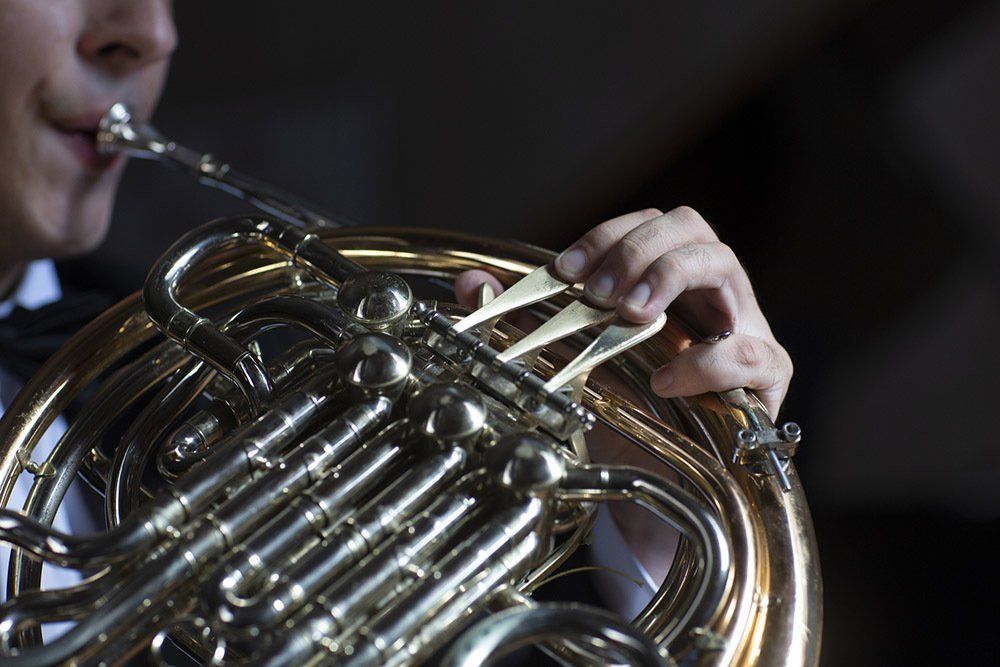
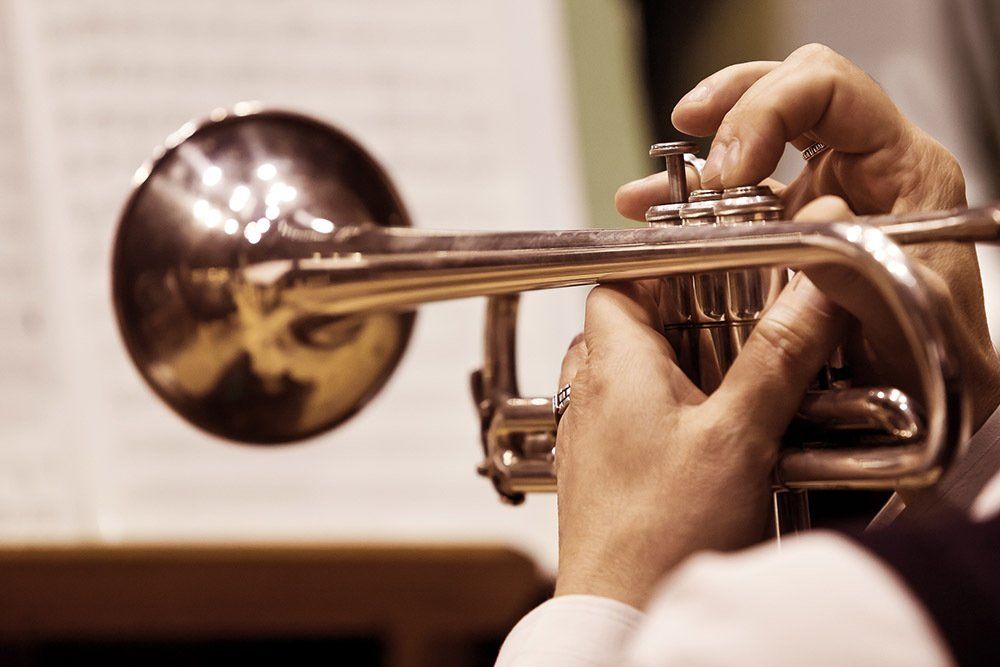
-
Button
BRUCE WITH JEFF BEIGHTS
Fort Wayne, Indiana
-
Button
NICK CABBINESS
Philippines
-
Button
SCOTT HEIMLICH
Cincinnati, OH
-
Button
CHRIS HEALY
Brisbane, Australia
-
Button
SAMMI AND SARA M.
Cincinnati, OH
-
Button
BOB DREYER
Florence, KY
-
Button
DALE LIERMAN
Hamilton, OH
-
Button
THOMAS KIERAN
Oak Ridge, NJ
-
Button
JARED C. AND TOMMY B.
Cincinnati, OH
-
Button
KEVIN THORNTON
Cincinnati, OH
-
Button
JOHN CHALMERS
Auburn, Indiana
-
Button
D.D. “DOC” KELSEY
Austin, TX
CONTACT INFORMATION
Phone: 513-795-9234
Email: b.haag@cinci.rr.com
Address: 618 Vincennes Ct Cincinnati, OH 45231







Venmo, Zelle
BUSINESS HOURS
- Mon - Fri
- -
- Saturday
- -
- Sunday
- Closed
By appointment only

